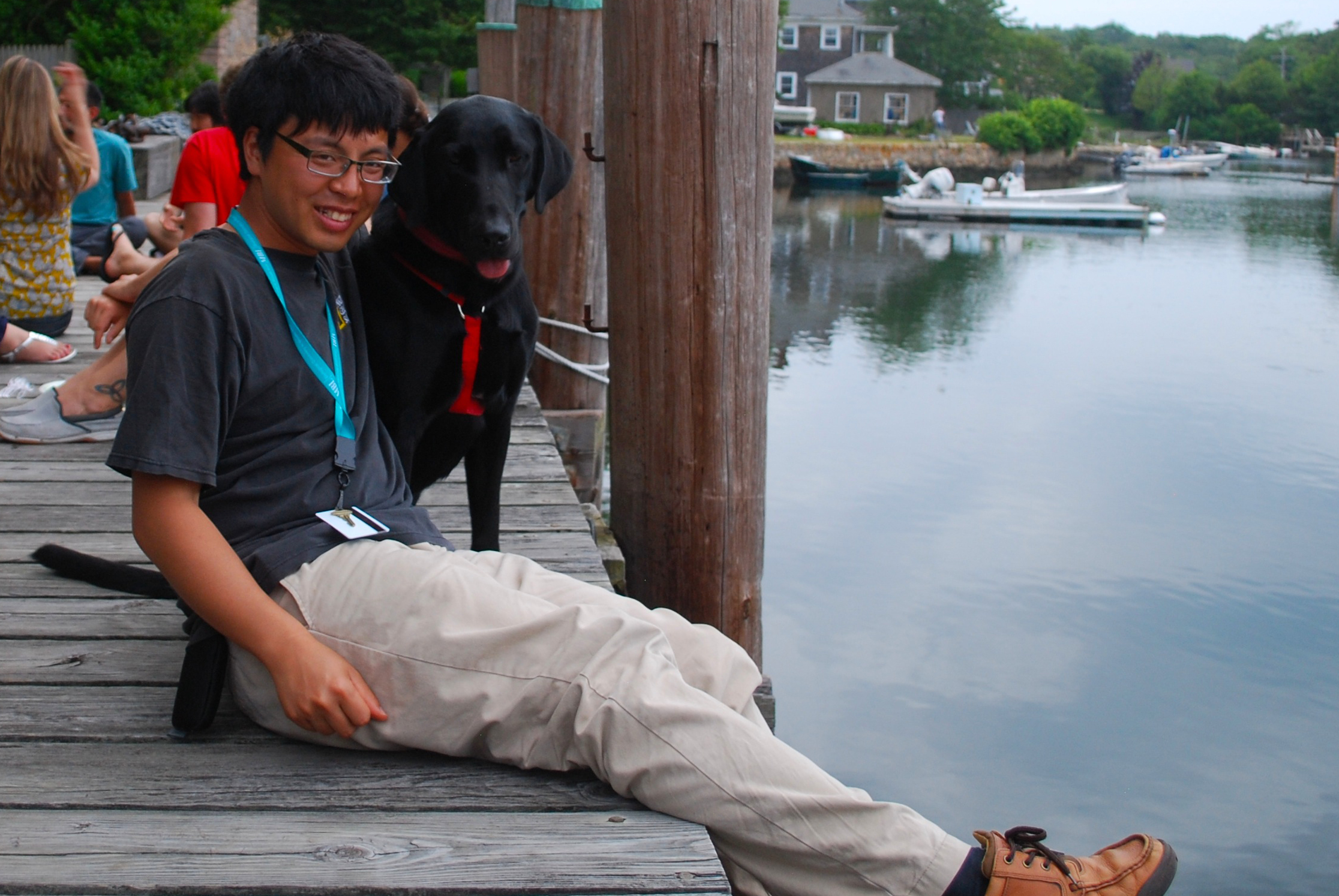Dr. Tetsuto Miyashita

I am a Research Scientist at the Canadian Museum of Nature and an adjunct faculty member with the University of Ottawa and Carleton University. My academic profile may be characterized as “born again” to paleoichthyologists and as a defector in the eyes of dinosaur paleontologists, as I began with the latter and moved in with the former. In my first year in the grad school, I found myself caught between two advisors (Richard Palmer and Philip Currie) whose interests are, respectively, marine invertebrates and dinosaurs. While working with both for side projects, I chose hagfish anatomy as my thesis topic to settle in the happy medium of the metazoan continuum.
This easy compromise led me to PhD research on the evolution of cyclostomes. On the fossil side, my colleagues and I (re)described a fossil hagfish from the Cretaceous of Lebanon and a score of larval forms of Paleozoic stem lampreys including those of the Devonian form Priscomyzon. I also took it to the developmental side with a functional and comparative study of the jaw-joint marker gene (Nkx3.2) in zebrafish and lampreys.
I developed my multi-pronged approach further in two years of postdoctoral work with Michael Coates’s lab at the University of Chicago. I branched out to dip in the neural development of hemichordates with Chris Lowe (Stanford University) and established the nkx3.2 lines of zebrafish to investigate the agnathan-like mutant phenotype, which appears to develop through plasticity. Over these years, I also trained at Marianne Bronner’s lab at Caltech to pick up lamprey embryology.
Now building a lab out of the Museum of Nature in Ottawa, I work on various projects on Paleozoic jawless vertebrates from across Canada and support diverse student projects ranging from actinopterygians from Romer’s Gap to limb initiation in direct-developing amphibians to zebrafish feeding mechanics.
